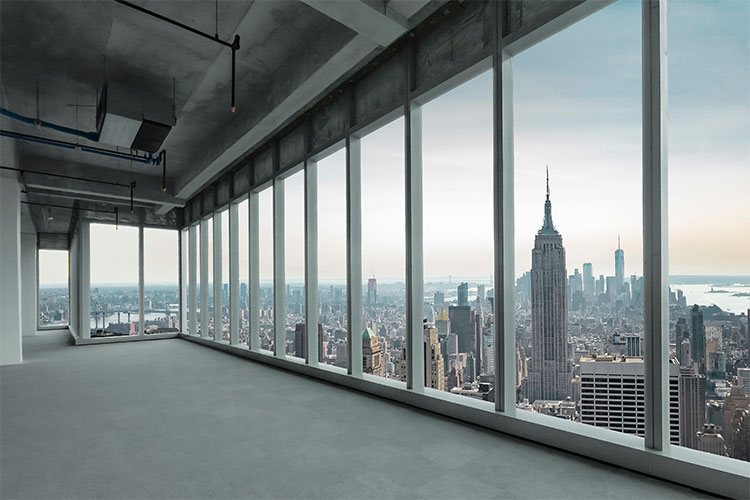

This has dealt another blow to a property sector already in turmoil, as per the latest Moody’s report
April 09, 2024 | Staff Reporter | USA | Property Management

The office sector vacancy in the United States set a new record last quarter, inching up to a 19.8% vacancy rate, up from 19.6% the prior quarter and surpassing two historic peaks of 19.3% in 1986 and 1991, according to a preliminary trend report by financial services firm Moody’s. This has dealt another blow to a property sector already in turmoil.
Thomas Lasalvia, Head of Commercial Real Estate (CRE) Economics at Moody’s, said that the office sector is currently in a period of “tug-of-war” as the tight labour market gives workers more leverage amid companies’ return-to-office push. As a result, office vacancies are continuing to creep up.
“It’s a slow bleed, which is different than, say, the great financial crisis, where it was instant: The vacancy rate shot up 500 basis points or more in a very short period of time because you had companies going bankrupt or having to lay off lots and lots of workers,” LaSalvia said. “And instantly that financial stress led to less office demand in a very quick way. This, however, is playing out little by little.”
The US is home to the largest commercial property market in the world. Prices in the sector have plunged nearly 11% since March 2022, when the Federal Reserve began hiking interest rates — wiping out gains from the preceding two years and deepening industry-wide woes.
Many office workers made the shift to remote work at the onset of the Covid-19 pandemic in 2020. Between 2019 and 2021, the number of Americans primarily working from home tripled to 27.6 million people, from 9 million prior to the onset of the pandemic, according to the Census Bureau.
But over the last two years, there has been a heightened push to corral workers back to the office, as employees trickled back into nearly empty buildings. A Resume Builder survey of 1,000 employers carried out last August found that 90% of companies will return to the office by the end of 2024. Some major firms, including BlackRock, Amazon, Apple, and JPMorgan Chase, issued office mandates last year as part of a push to fill offices and boost productivity.
“With a tight labour market, where talent is the most important resource for the vast majority of these office-using companies are going to be mindful of not having high attrition rates. And even if they are ‘mandating’ a return, I think there’s still a lot of flexibility built into that.”
Thomas LaSalvia, Head of CRE Economics, Moody’s
Many companies, however, are hesitant to enforce five-days-a-week in-office policies — opting for three or four required in-office days. With workers having unprecedented strength thanks to the unemployment rate sitting at just under 4%, it’s giving them a bit more muscle when it comes to flexible policies. “With a tight labour market, where talent is the most important resource for the vast majority of these office-using companies, they’re going to be mindful of not having high attrition rates,” LaSalvia said. “And even if they are ‘mandating’ a return, I think there’s still a lot of flexibility built into that.”
The strong economy, with annual inflation coming in at 3.2% last month and solid growth in 2023, and highly anticipated interest rate cuts likely coming later this year, could help create a higher sense of certainty for companies to keep bringing workers back to the office — and drive down vacancy rates. The opposite (albeit somewhat unlikely) scenario, like a recession, would send office vacancies higher, as companies would look to trim costs without letting go of staff.